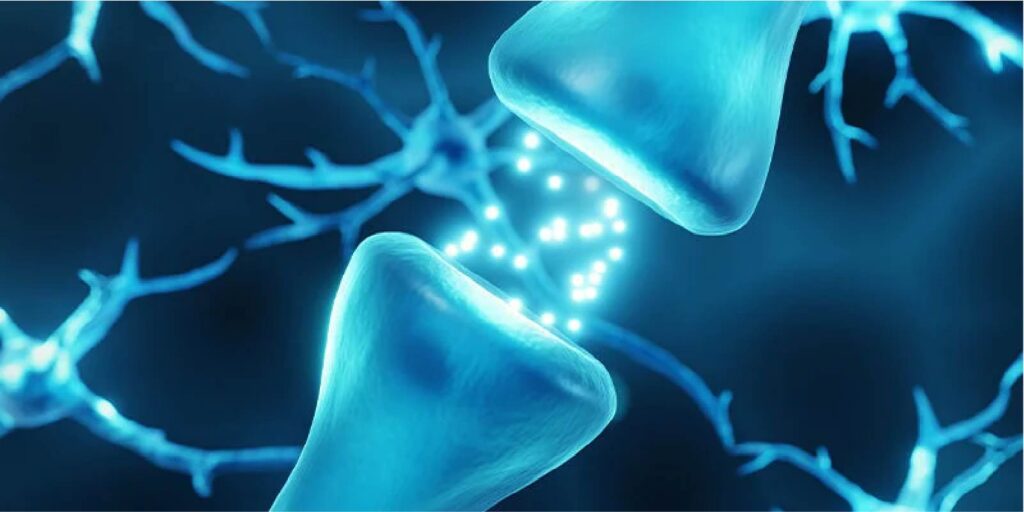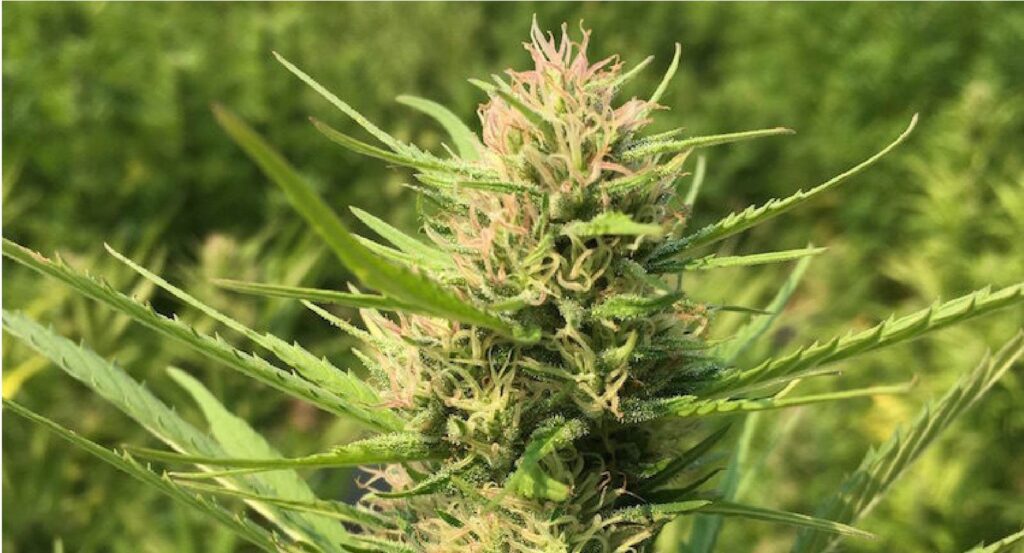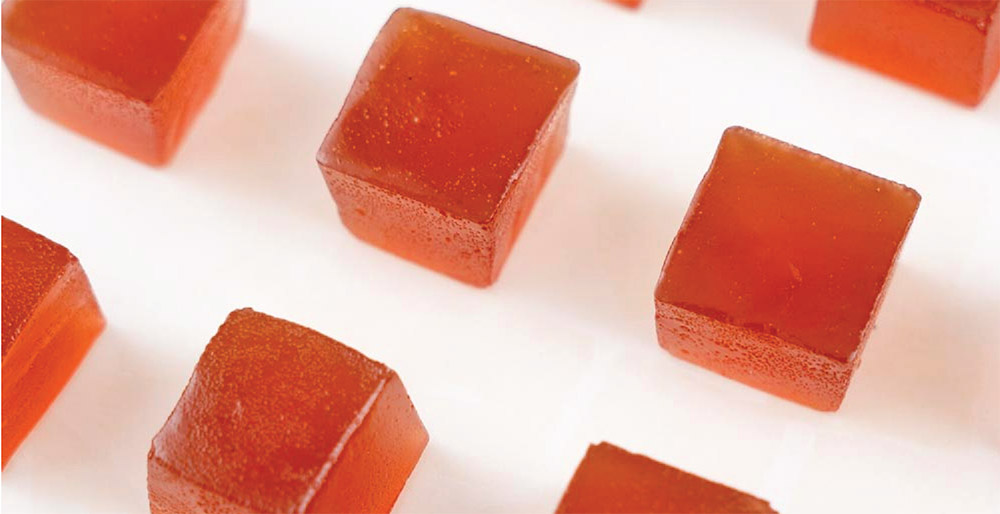
It’s commonly known that certain botanicals can promote relaxation and transition into sleep as well as support sound, restorative sleep. What’s new and intriguing is that we now understand previously unknown mechanisms of action — many of these sleep-supporting botanicals contain compounds that interact with cannabinoid receptors, or share chemical similarity with cannabinoids, or both. These phyto-cannabinoids can provide similar benefits to those provided by hemp cannabinoids through comparable mechanisms in the body.








